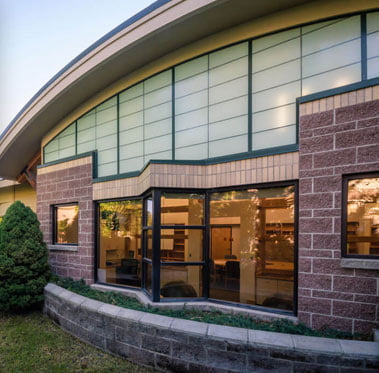Rent – Who pays what in commercial leases?


The difference between Net Rent, Gross Rent & Additional Rent
The appraisers and brokers at Nicro Realty are often asked to assist Landlords with their properties and Tenants with their space requirements. One of the major issues that we often encounter is that one or both parties fail to properly interpret the lease and the differences between Gross rent and Net rent.
Gross Rent
Simply put Gross rent is the total rent that the tenant can expect to pay in a given year and is typically expressed in dollars per square foot per year. Depending on location, retail rents are typically the highest, followed by office and then industrial.
Net Rent
Conversely, Net rent, also expressed in dollars per square for per year, is meant to reflect the amount of rent that the Landlord will be left with after all building operating expenses are paid. The Tenant pays Net Rent which is essentially a minimum rent or base rent, plus their proportionate share of operating expenses paid in the form of Additional rent. All else being equal, Net rent is often less than Gross rent but when added together with Additional, Net rent is often equal to, or exceeds, Gross rent.
Additional Rent
Depending on the provisions of the lease, Additional rent represents the operating costs of the building and is often referred to as Taxes, Maintenance and Insurance (TMI) or Common Area Maintenance expenses (CAM). What is included in Additional rent should be clearly defined in the lease and can vary significantly from one property to another. For example, property management fees can be included in Additional rent at one property and excluded from another.
Additional Rent Reconciliation
As Additional Rent can fluctuate significantly from one year to the next, the Landlord often provides the Tenant with: a budget prior to the beginning of the year, typically in November or December, estimating the upcoming Additional rent; and a reconciliation statement following the end of the year, showing the actual Additional rent owing for the previous year. Upon completion of the annual financial statements and ultimately a reconciliation statement, the Landlord either issues an invoice for the shortfall, or a refund to the Tenant in the event of an over payment. Generally speaking, and depending on the terms of the Lease, the Landlord has up to six (6) years to recover under-payments and the Tenant has up to two (2) years to recover over-payments.
Semi-gross & other forms of rent
There are also hydrid leases where the Tenant is responsible for certain expenses beyond the Gross or Net rent. In some situations, Landlords may prefer to charge Gross rent only, but also charge the Tenant a portion of the utility expenses or any increase in the realty taxes associated with the Tenant’s premises. The variations and creative scenarios are extensive and depend on the property, the Landlord, and the unique negotiations associated with each lease.
Summary
Landlords and Tenants are encouraged to consult with a qualified commercial real estate professional at all stages of their tenancies to ensure that they are both maximizing the use of their respective resources. Lease negotiations are best to occur at the beginning of a tenancy but sometimes the parties negotiate modifications during renewal discussions or other mutually beneficial times during a tenancy. Nicro represents both Landlords and Tenants and has seen extensive oversight by both parties across all asset classes. Absolute transparency is 100% necessary with net leases in order to ensure good Landlord-Tenant relations. Both parties need to do their homework to ensure that rent payment discrepancies are rectified as quickly as possible. All parties succeed when those around them are successful. As the saying goes, a rising tide floats all ships. Contact Nicro Realty today to ensure that your tenancy and lease are in line with current industry standards and practices.
